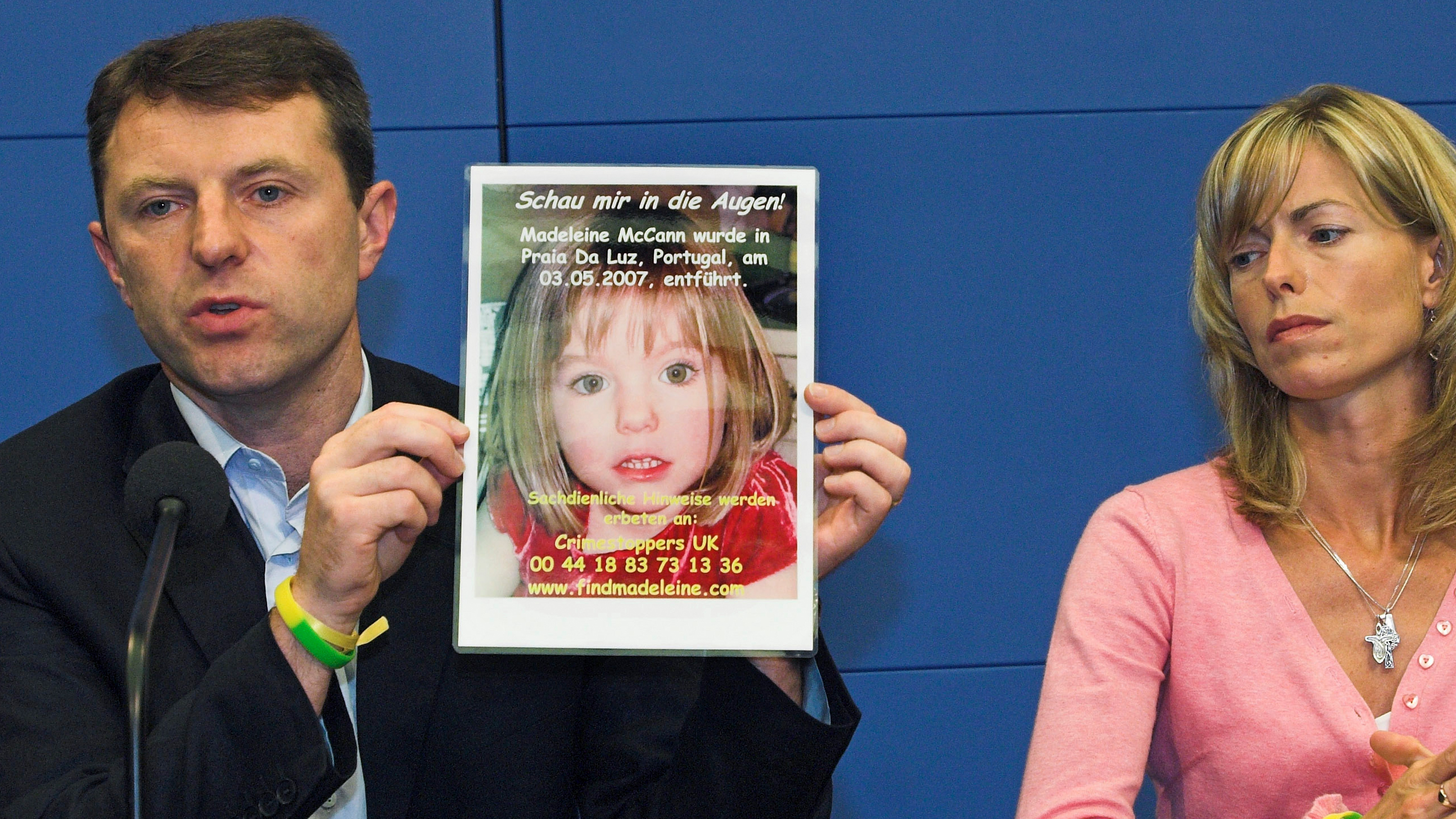Hace una década, Alemania tomó una decisión sin precedentes que cambiaría su escenario social y político en los años siguientes. En 2015, en el apogeo de la crisis migratoria europea, el país acogió a cerca de un millón de refugiados, la mayoría huyendo de la guerra y la inestabilidad en Siria, Irak y Afganistán. Fue una acción que capturó la atención mundial, generando tanto elogios por su liderazgo humanitario como intensos debates sobre sus implicaciones a largo plazo.
Today, a decade later, Germany stands as a case study for how large-scale migration can transform a nation. The decision brought profound shifts in demographics, labor markets, politics, and cultural identity. While the integration process has seen both successes and setbacks, the experience continues to shape national conversations about migration, security, and the future of Europe.
The choice that transformed contemporary Germany
When the then-Chancellor Angela Merkel announced “Wir schaffen das” — “We can do this” — in reply to the refugee surge, it signified one of the most daring policy declarations in German history. Merkel’s administration chose a welcoming stance while several countries were shutting down their frontiers. Trains carrying weary families reached Munich and other urban areas, met by volunteers providing meals, drinks, and housing.
The humanitarian gesture earned Germany international recognition, but it also introduced significant challenges. Municipalities faced immense pressure to provide housing, healthcare, and education for hundreds of thousands of newcomers. The country had to adapt quickly, implementing large-scale integration programs aimed at language acquisition, job placement, and cultural orientation.
Economic impact and workforce transformation
One of the most debated questions at the time was whether Germany could absorb such a large number of people without straining its economy. A decade later, the answer is nuanced but largely positive. While integration into the labor market was slow initially, especially for those with limited education or professional experience, many refugees have since found employment in sectors facing labor shortages.
Germany’s aging population and declining birth rate made immigration a critical factor for sustaining economic growth. Refugees have contributed to filling roles in industries such as manufacturing, logistics, and healthcare. According to economic studies, the fiscal cost of resettlement programs in the early years has been partially offset by tax contributions from refugees who have entered the workforce.
However, inequalities persist. Although some individuals with advanced skills have managed to move into specialized sectors successfully, others still deal with challenges such as language, acknowledgment of overseas credentials, and bias in hiring procedures. Policymakers stress the importance of sustained investment in education and vocational training to completely unlock the economic possibilities of this group.
Cultural integration and social dynamics
The arrival of refugees has also introduced substantial cultural transformations. A decade ago, the communities were mainly uniform, but now show greater diversity, with impacts from the Middle East and Africa apparent in local shops, educational institutions, and residential areas. This cultural change has added depth to Germany’s social structure, though it has also ignited discussions regarding identity, values, and integration.
Programs promoting cultural exchange and community engagement have played a key role in fostering cohesion, yet tensions have emerged in some areas. Concerns about housing shortages, competition for social services, and isolated incidents of crime have fueled populist narratives that blame immigration for societal challenges. These sentiments have contributed to the rise of far-right movements and parties that advocate for stricter immigration policies.
Despite these tensions, surveys indicate that public opinion on immigration in Germany remains more balanced than in many other European countries. A significant portion of the population recognizes the humanitarian necessity of providing refuge, even while expressing concerns about integration and security.
Impact of politics and changes in policy
The choice to welcome one million refugees marked a pivotal moment in German political history. It strengthened the backing of humanitarian principles among progressive groups, yet also fueled the rise of populist and nationalist factions. The Alternative for Germany (AfD), a right-wing political party, leveraged anti-immigration feelings to secure parliamentary seats, altering the political scene and compelling major parties to make migration a key topic in elections.
During the last ten years, Germany has improved its asylum and immigration policies, balancing its humanitarian responsibilities with tighter border management and collaborations with other nations to regulate migration flows. New laws focus on integration via language instruction, vocational training, and civic education, intending to decrease reliance on social assistance and encourage independence among new arrivals.
Effect on schooling and social life
Schools across Germany have experienced profound changes as classrooms became more linguistically and culturally diverse. Teachers adapted curricula to support children with limited German proficiency, while local governments invested in additional resources for language learning.
This shift presented challenges but also opportunities. Many educators report that increased diversity has enriched classroom discussions and fostered global awareness among German students. Community initiatives, including mentorship programs and intercultural events, have played an important role in bridging gaps between locals and newcomers.
Insights from ten years of migration
As Germany reflects on the past ten years, experts point to several key lessons. First, large-scale migration requires not only logistical preparedness but also sustained political commitment and societal support. Second, integration is a long-term process that goes beyond employment — it encompasses cultural adaptation, social inclusion, and equal opportunity.
Finally, Germany’s experience illustrates both the benefits and complexities of immigration in a globalized world. While the country has faced undeniable challenges, it has also gained economic resilience and cultural diversity. For many refugees, Germany has become a place of safety and opportunity, while for Germany, the experience has tested — and reaffirmed — its role as a leader in humanitarian policy.
As global migration challenges arise, Germany’s experience provides crucial lessons on managing the balance between empathy and pragmatism. The coming ten years will reveal if the groundwork established in the last decade will foster greater integration and social harmony, or if ongoing conflicts will keep influencing political and cultural discussions.




